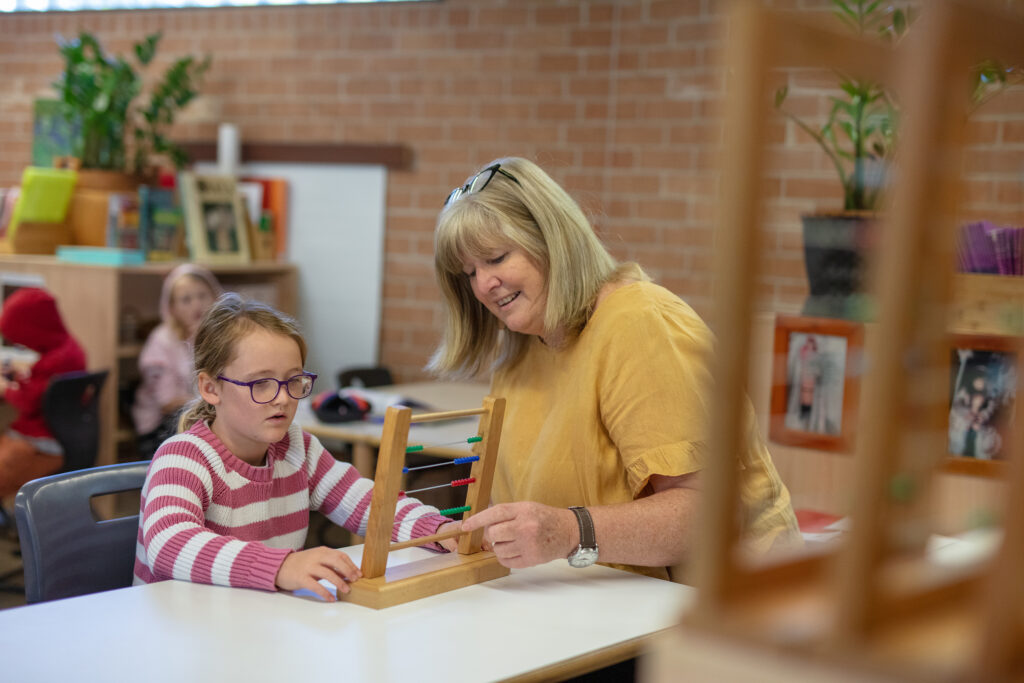In traditional primary schools, homework is generally needed to gauge whether a child has understood a particular lesson. This is necessary when a teacher gives a lesson to twenty or thirty students at a time from the front of the room and so is unable to assess each individual’s level of understanding or attention.
In contrast, our guides work with children individually or in small groups using Montessori materials that are designed to be self-correcting. Moreover each child is in their Montessori classroom for three (sometimes four) years, so Montessori guides know their students much better than teachers in traditional classrooms. These factors combine to allow Montessori teachers to intimately grasp each child’s individual understanding and to know what is needed to motivate them. Traditional homework and standardised tests are blunt instruments which are generally unnecessary in the Montessori system.
Home work, in the Montessori sense, is work that the child does at home as an extension of his or her own interests. Learning experiences at home should emerge from the interests and abilities of each child and the family. Activities may be offered but should ideally be chosen by the child and tailored to suit their interests and needs. They may need the assistance of a parent or sibling at first. This kind of homework can be organised into three categories: experiences (e.g. reading, visiting a museum or going to see a play); skills (e.g. riding a bicycle, cooking, playing an instrument or sewing); and products to be shared (e.g. a letter or story, art work, or plants grown in the garden).
Children might reinforce academic skills at home by reading to a younger sibling, keeping a journal, writing postcards or emails to friends or relatives, and using a monthly allowance to buy things for themselves when accompanying parents on shopping trips. But they can also develop literacy and math skills by reading comics or children’s magazines, playing board games like Monopoly, working on crosswords and hidden search puzzles, collecting coins, learning carpentry, keeping a scrapbook of newspaper articles on an issue that interests them, writing letters to public servants requesting improvements to playground facilities or earning money for walking neighbours’ dogs. Just as in the classroom, activities that capture a child’s interest are more likely to inspire them to persist. Daydreaming and nature play are worthwhile activities too!
Preparing the child’s home environment can remove frustrations that may overwhelm their organisational skills. Once an activity is chosen, ensure that all the materials they need are organised for easy access and that they know how to clean up when they’re finished.
Even in secondary school, homework is only assigned when it’s a practical, purposeful and productive addition to what was learnt in classes during the day. It is never assigned without a specific goal in mind.

